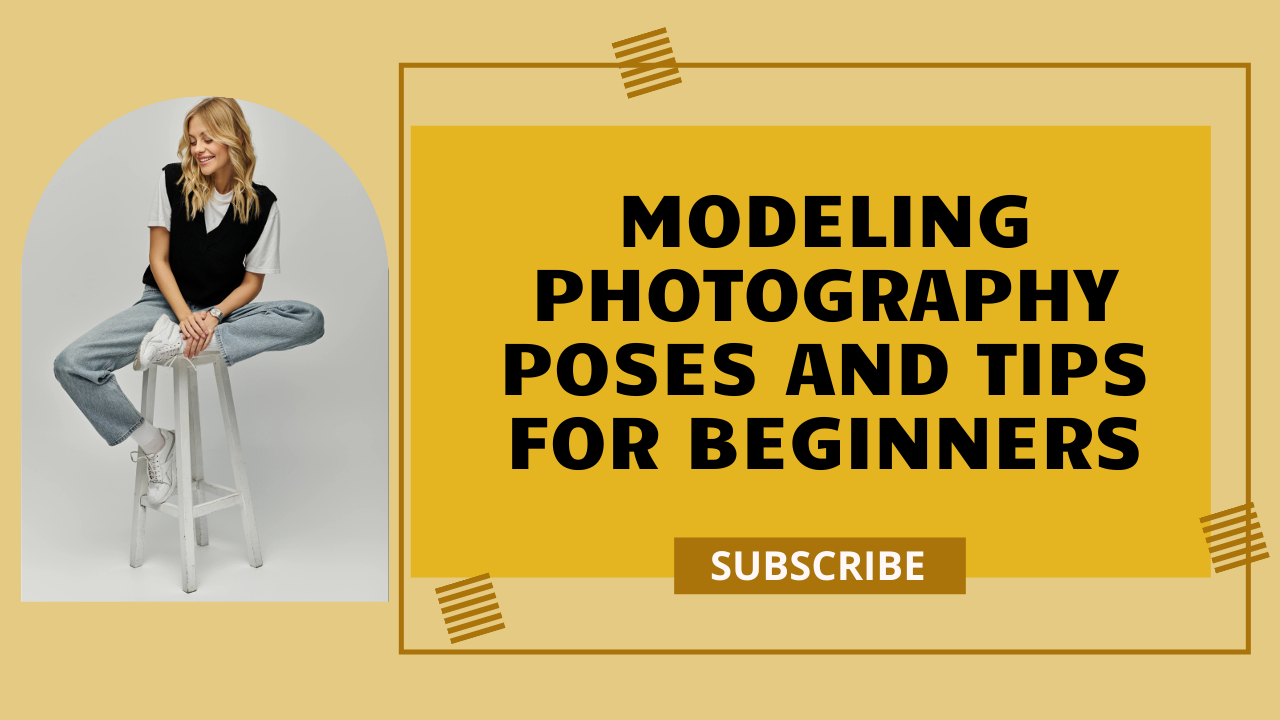Modeling Photography
Introduction:
Modeling photography is a dynamic and rewarding genre that requires a unique set of skills and techniques. Whether you’re looking to build a portfolio or capture striking images for clients, this guide is tailored for beginning photographers eager to delve into the world of model photography. From posing tips to lighting tricks, we’ve got you covered.
Modeling Photography Poses, Tips and Essential Things
Let’s see the photoshoot tips for models, what are the needed things to carry, how to prepare for the photoshoot, techniques, photo editing tips and guide to create modeling photography portfolio.
Section 1: Essential Equipment
- Camera selection: Understanding different types and their suitability for modeling photography.
- Lenses: Recommendations for portrait-friendly lenses and their focal lengths.
- Lighting equipment: Overview of natural light vs. artificial lighting options and their applications.
Section 2: Preparing for the Shoot
- Planning and concept development: How to brainstorm and communicate ideas with models.
- Location scouting: Finding the perfect backdrop for your shoot.
- Wardrobe and styling: Tips for choosing outfits that complement the theme and enhance the model’s features.
Related: Photography Tips for Capturing the Minnesota State Fair
Section 3: Posing Techniques
- Natural vs. Directed poses: When to guide and when to let the model flow naturally.
- Posing for different body types: Techniques to highlight strengths and minimize imperfections.
- Facial expressions and body language: Communicating emotions and moods through poses.
Section 4: Directing Models
- Communication skills: Building rapport and giving clear instructions.
- Creating a comfortable environment: Techniques for making models feel at ease.
- Providing feedback and constructive criticism: Fostering a collaborative and creative atmosphere.
Section 5: Lighting and Composition
- Natural light techniques: Harnessing the power of sunlight for stunning results.
- Studio lighting setups: Introduction to basic lighting arrangements and modifiers.
- Composition principles: Framing, rule of thirds, and other techniques for dynamic shots.
Section 6: Editing and Post-Processing
- Selecting the best shots: How to choose the strongest images from a session.
- Basic retouching: Enhancing skin tones, removing blemishes, and other essential edits.
- Preserving natural beauty: Techniques for avoiding over-editing and maintaining authenticity.
Section 7: Building a Portfolio
- Curating a standout portfolio: Selecting images that showcase your style and skills.
- Online presence and marketing: Creating a website or portfolio platform, and utilizing social media.
- Networking and collaboration: Tips for connecting with models, makeup artists, and stylists.
Conclusion:
Modeling photography is a blend of artistry, communication, and technical skill. By mastering the techniques outlined in this guide, you’ll be well-equipped to embark on your journey as a modeling photographer. Remember, practice and experimentation are key, so don’t be afraid to push boundaries and let your creativity shine. Happy shooting!
Explore the Sonoran desert photography tips and techniques.



















